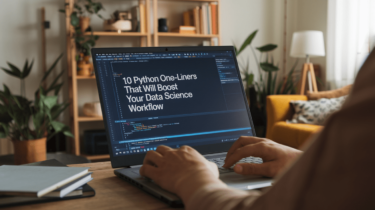10 Python One-Liners That Will Boost Your Data Science Workflow
10 Python One-Liners That Will Boost Your Data Science WorkflowImage by Author | Ideogram Python is the most popular data science programming language, as it’s versatile and has a lot of support from the community. With so much usage, there are many ways to improve our data science workflow that you might not know. In this article, we will explore ten different Python one-liners that would boost your data science work. What are they? Let’s have a look. 1. Efficient […]
Read more


